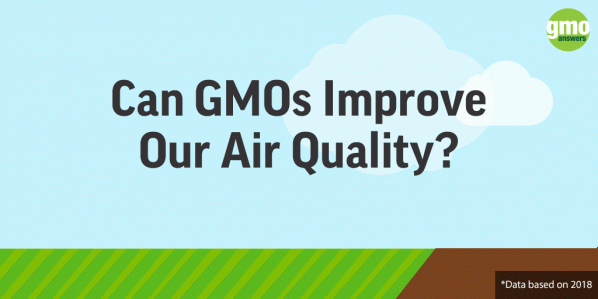Question
Why is it that you are denying the fact that your GMO's not only are the cause of Autistm but they are DIRECTLY RESPONSIBLE FOR THE KILLING OFF OF OUR BEES!
Submitted by: Sydneyck
Answer
Expert response from Chris Sansone
Global Regulatory Affairs Manager – Insect Resistance Management (Americas), BASF
Thursday, 17/04/2014 19:20
Bee health is an important issue for everyone, and the research-based learning network site eXtensionprovides an excellent summary of the issue. Major concerns include the parasitic mite, Varroa destructor, bee viruses, bacterial disease, nutrition, gut microbes, hive management practices and pesticide exposure. Genetically modified (GM) plants and their impact on honey bees have been widely studied, and the results indicate that GM plants are not harmful to bees. A 2001 review by Malone and Pham-Delègue looked at seven studies and concluded that “Bt transgene products are very likely to be safe for honey bees and bumblebees.” Another, larger study by Duan et al. (2008) considered 25 different reports and concluded that “the Bt Cry proteins used in genetically modified crops for control of caterpillar and beetle pests do not negatively affect the survival of honey bee larvae or adults in the laboratory.” Studies performed outside the agricultural industry show similar results. A 2007 study on the effects of Bt corn pollen on honey bees showed that bees foraging on Cry1Ab expressing sweet corn pollen for 28 days showed no adverse effects on bee weight, foraging activity or colony performance. Brood development was not affected by exposure to Bt pollen. Another study, Johnson et al., concluded in 2010 that “the widespread planting of transgenic crops appears to be a net benefit for honey bees in the USA, since the pesticidal toxins produced by these plants do not appear to harm honey bees.” One study did show a negative impact with transgenic crops. Ramirez-Romero et al. (2008) showed that at high concentrations (5,000 parts per billion (ppb)), honey bees feed less and long-term memory may be impaired. However, they state that the concentration observed is not comparable to the field, as bees potentially feed on 312 nanograms (ng), and write, “When that dose is compared with our observed effect dose (5,000 ppb = 600 ng (0.0000006 grams) in 12 days), it seems that drastic impact on colony performance is unlikely. Our general conclusion is that negative effects of Cry1Ab protein on foraging behavior of honey bees are unlikely in natural conditions.”
For more information on the state of our national honey bee health, we recommend you read this reportissued by the Department of Agriculture in October 2012.
References:
Babendreier, D., N. Kalberger, J. Roeis, P. Fluri and F. Bigler. 2004. Apidologie 35: 293-300
Brodschneider, R and K. Crailsheim. 2010. Apidologie 41:278-294
Duan, J.J., M. Marvier, J. Huesing, G. Dively and Z.Y. Huang. 2008. PLoS ONE 3(1): e1415
Johnson, R.M., N.D. Ellis, C.A. Mullin and M. Frazier. 2010. Apidologie 41: 312-331
Malone, L.A. and M.H. Pham-Delègue. 2001. Apidologie 32: 287-304
Morandin, L.A. and M.L. Winston. 2005. Ecological Applications 15(3): 871-881
O’Callaghan, M., T.R. Glare, E.P.J. Burgess, and L.A. Malone. 2005. Annual Review of Entomology 50: 271-292
Oerke, E.C. 2006. Journal of Agricultural Science 144: 31-43
Ramirez-Romero, R., N. Desneux, A. Decourtye, A. Chaffiol and M.H. Pham-Delègue. 2008. Exotoxicology and Environmental Safety 70: 327-333
Rose, R., G.P. Dively and J. Pettis. 2007. Apidologie 38: 368-377
How Do GMOs Benefit The Environment?



